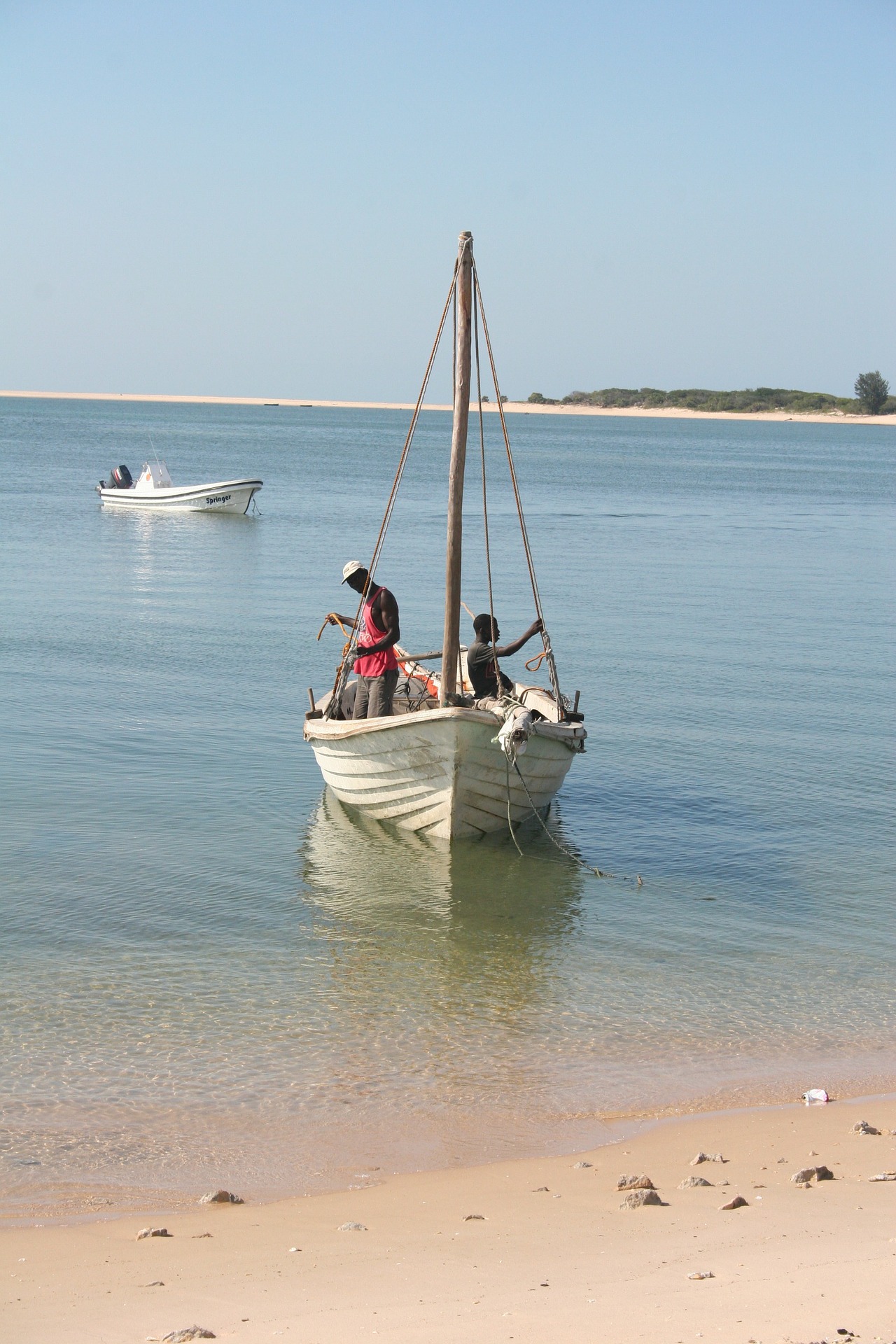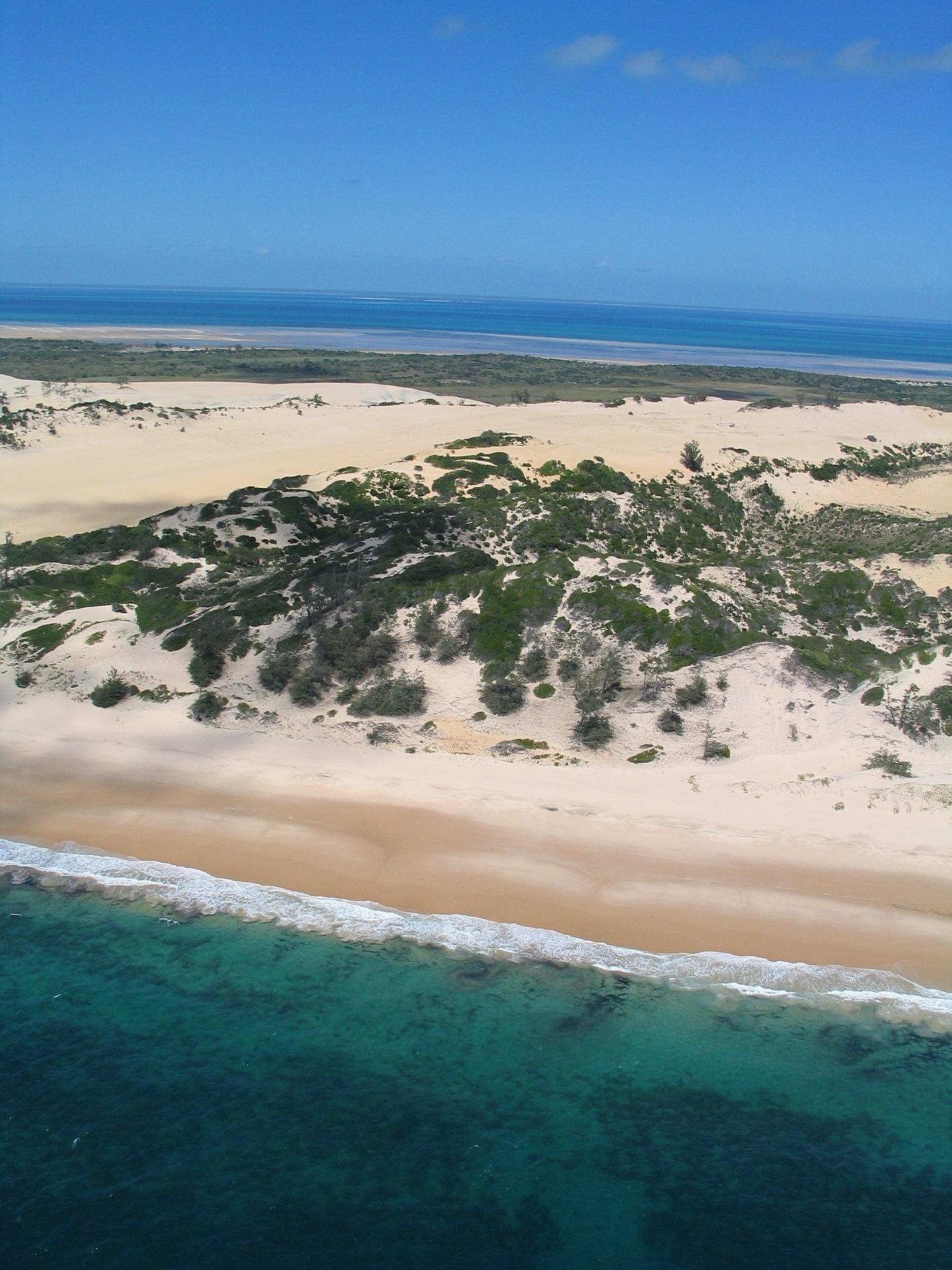The Bazaruto Archipelago to Inhambane Bay IMMA has formed the basis of a proposed Environmental Protection Area (EPA) in Mozambique, as recommended by Conservation International.
The proposed EPA corresponds with the extent of the Bazaruto Archipelago to Inhambane Bay IMMA identified during the Western Indian Ocean and Arabian Seas IMMA Workshop held in March 2019. The IMMA is one of three chosen as pilot areas under the GOBI work programme for the exploration of appropriate conservation tools and management plans (the other two being the IMMA around the Republic of Palau and the Southern Andaman Islands IMMA in India). Stakeholder meetings conducted in Mozambique by members of the Marine Mammal Protected Area Task Force subsequent to the area’s designation as an IMMA have been instrumental in this outcome.
The IMMA features dugongs, Indian Ocean humpback dolphins and humpback whales, while it is also home various sharks and rays, marine turtles, and seabirds. Based on the area’s importance for these key species, together with considerations about tourism, community activities and ecosystem threats (e.g., unsustainable fishing, mining concessions, coastal development and climate change) Conservation International has made a number of recommendations, including:
- Nominate the Bazaruto Archipelago to Inhambane Bay IMMA as a World Heritage Site
- Create specific Areas of Protection within the EPA
- Reduce and eliminate anthropogenic pressures in the IMMA
- Select low-density tourism and conservation activities as the preferred land-use
- Promote scientific research
- Encourage local community involvement and alternative livelihood projects
This outcome represents a vindication of the importance and utility of the IMMA concept for supporting conservation action. It also strengthens the need for extending the geographical coverage of the IMMA process across the world.




